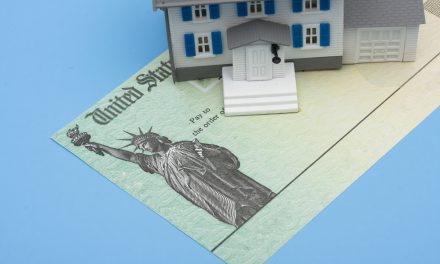This is the first video in a new series covering the proper disclosure of natural hazards which come with the location of a parcel of real estate. Stay tuned each week for latest release in this series!
Disclosure of the existence of a natural hazard
Natural hazards come with the location of a parcel of real estate, not with the man-made aspects of the property. Locations where a property might be subject to natural hazards include:
- special flood hazard areas, a federal designation;
- potential flooding and inundation areas;
- very high fire hazard severity zones;
- wildland fire areas;
- earthquake fault zones; and
- seismic hazard zones. [Calif. Civil Code §1103(c)]
The existence of a hazard due to the geographic location of a property affects its desirability, and thus its value to prospective buyers. Hazards, by their nature, limit a buyer’s ability to develop the property, obtain insurance or receive disaster relief.
Whether a seller lists the property with a broker or markets the property themselves, the seller is to disclose to prospective buyers any natural hazards known to the seller, including those contained in public records.
To unify and streamline the disclosure by a seller (and in turn the seller’s agent) for a uniform presentation to buyers concerning natural hazards which affect a property, the California legislature created a statutory form entitled the Natural Hazard Disclosure (NHD) Statement. [See RPI Form 314]
Every agent aspires to be fully employed and working for good clients. Thus, the clients and the agent will both succeed in closing real estate transactions. The client’s property and its surrounding environment are the focal point, the hub, from which all broker employment activities emanate.
For every party in any real estate related transaction to do well, it is critical that all data and information about a property cannot be limited in its quality, quantity and timing of release by the listing or leasing agent representing the property owner. A flood of property information is not a hazard in this occupation, but is the beneficial antithesis of stark, reluctant releases of information to interested buyers. Reluctance to disclose upfront is a risk that is inconsistent with all the current and long-term aspirations of an agent providing real estate services as it interferes with closing and invites litigation. Simply put, hoarding property information is counterproductive and wrong.
Sellers of one-to-four unit residential property and their agents have an affirmative duty to disclose their knowledge about the existence of natural hazards to a prospective buyer at the earliest possible opportunity – when the buyer starts asking questions which demonstrate an interest in buying the property.
Natural hazards come with the location of a parcel of real estate, not with the man-made aspects of the property such as those covered in a transfer disclosure statement (TDS). [See RPI Form 304]


















